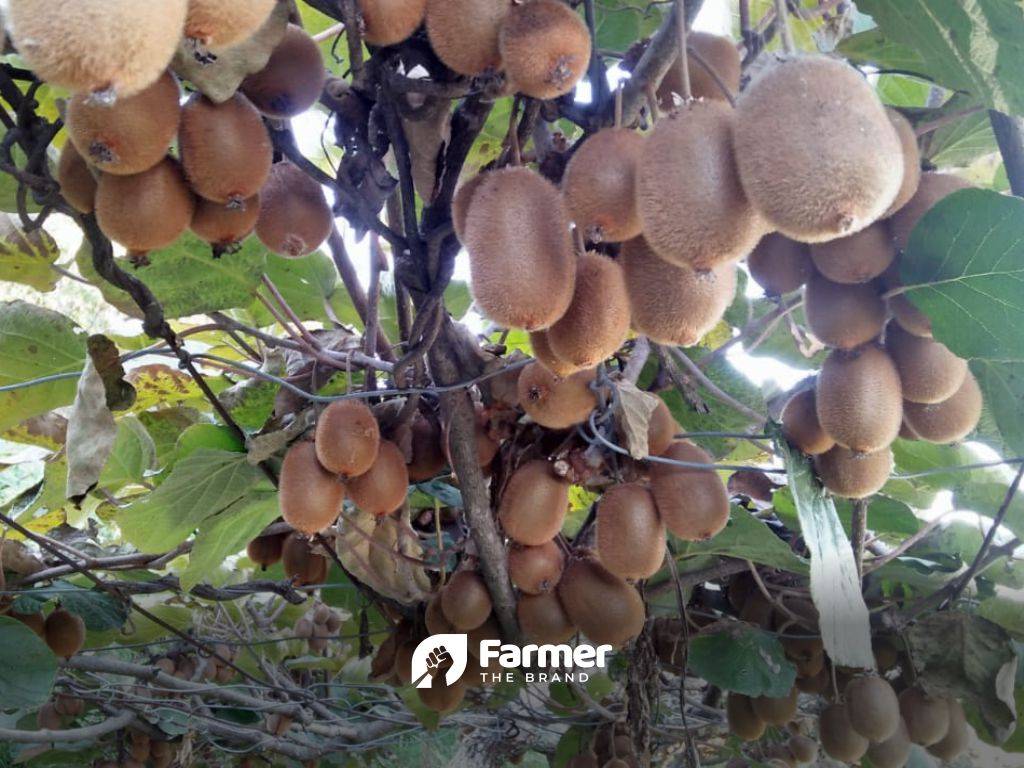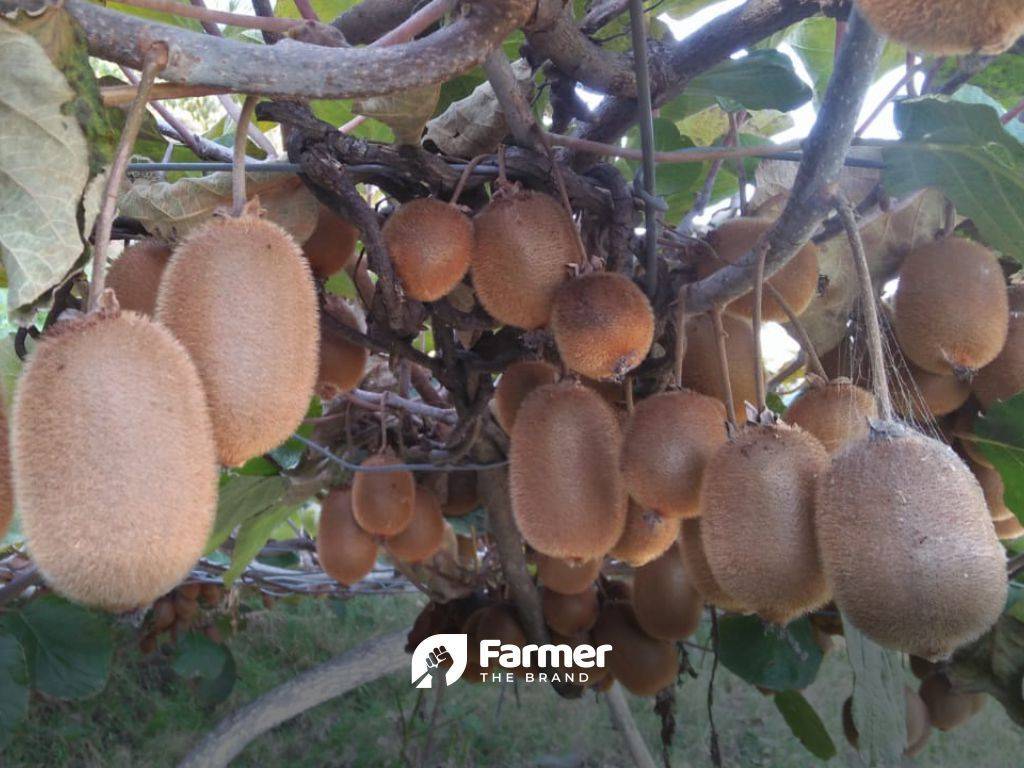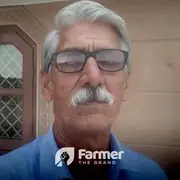
Kundan Singh is a kiwi farmer from the Pab Village of Tehri Garhwal district in Uttarakhand. He has released his video on FTB. He starts by greeting the readers and viewers of Krishi Jagran. He has been associated with Kiwi and their production for last 20 years.
Kundan in year 1997-98 found some interesting information about Kiwi production. He got curious about how to setup a profit making business with Kiwis. In 1998 he went to Y.S. Parmar University of Horticulture & Forestry based in Nauni, Solan (Himachal Pradesh). He saw some kiwi trees planted there and planted 10 trees in his farm in 1999. Out of these 5 dried and died.
In year 2000 when state Uttarakhand came into existence and with the help of National Horticulture Board and Department of horticulture he setup a kiwi farm over 1 acre of land. He received his saplings from Y.S.P. University and they shared with him adequate technical knowledge to manage the farm. In 2003, the plants started bearing kiwis. However the fruits were not of good enough quality for market. He worked even more and in 2004-05 he was able to produce better quality kiwis.

At that time kiwi were a new fruit for the market. He used to take his produce to the Department of Horticulture stalls and stalls in the parade ground. The customers were naturally curious about this new fruit. Slowly the fruit became popular with customers as it is nutrient rich. In 2008 they upped their production to 1 quintal of kiwis per year and they comfortably sold these in the market. We branded our kiwis as Uttarakhand brand kiwis and were able to compete with imported kiwis in terms of price.
He planted "Allison" and "Hayward" varieties of Kiwis. The samplings were planted 6x4, plant to plant 6 meters and row to row 4 meters. He lives in a hilly area and as these plants require lot of water for irrigation, so he built water tanks for this purpose. Kiwi vines are similar to grape vines and need to be handled, managed, placed very carefully. Kiwi fruits are believed to be helpful against dengue fever as they contain copper. We have been supplying these farm grown kiwis to the market at rates of Rs 170 to Rs 200 per KG. In dengue affected areas a single kiwi fruit sells at Rs 30-40.

He said the area where his farms are, not well supplied with water, hence they had to remove some of the kiwi trees so as to provide more water per tree. A single vine gives 80-100 fruits per year, if you look after your plants well. Once planted this plant will give you fruits for years. He said he is satisfied with his production and marketing.
He said the big cities are near enough for him to supply his fruits to. He supplies his kiwis to stores and stalls in these cities. He also takes his kiwis to a popular spot in Dehradun where Organic products are sold weekly. As these fruits are not popular with monkeys or chimpanzees you can grow these in areas infested with these. If your area has plenty of water and plenty of monkeys and chimpanzees kiwis are the ideal product to grow.
Kiwis are usually grown at heights of 1000 meters to 1500 meters. The kiwi plants will give you good productivity and good income. The "Allison" variety is longer, in size, than usual kiwis. "Hayward" kiwi are much bigger than "Allison" in size and are in great demand in market. "Allison" variety are sweeter than "Hayward" and bear fruits in much more numbers. Because of numerous fruits growing off one plant of "Allison", you have to pluck some fruits early so that the rest can grow to bigger size. The kiwis are known as Chinese gooseberry and their scientific name is "Actinidia deliciosa". He said "Allison" are as easy to sell as "Hayward". It is quite clear that he prefers "Allison" kiwis himself.
He supplies his kiwis to Kisan Window (KiWi store), Reliance shops, daily needs shop among others in the cities close to his farms. He also supplies these to the vendors interested in their kiwis. Some of the customers also request for the kiwis over social media. Due to great demand in these big cities he is able to do the marketing part of his business easily. In the end he encourages more farmers to grow Kiwi fruits. Click here to see the video yourself.



















Share your comments